The Mental and Physical Strain of Competition on Elite Figure Skaters
That first step onto the ice, hearing your blade cutting through a thin layer of the ice surface. Your thoughts are so focused on what you have to do.This is what you’ve been working towards, for so many months, even years. All the training over the years, preparing for competitions. The blood, sweat, and tears that led up to this moment. The stress builds. But you have to trust yourself, that you’ll land all of your jumps, you’ll do all of your spins with precision and balance, and hope that you’ll get all the points you can and win. But physically you’ve done all you can do. Now it’s time for your mind to take over. ”Just breathe” you say to yourself “you can do this”. Even if you fall, you have to keep going and keep trying. You have to get up and just pretend as though you never even fell and just keep pushing yourself. It’s that last thought of “I can do this” or “I can land this” that gives you the strength to succeed, that last bit of mental strength.
Figure skating competitions require a balance of mental and physical preparation. Muscle memory and vigorous on ice and dryland training prepare the athlete for competition physically. However, without the mental preparedness and confidence to compete, being physically prepared is not enough to be successful.
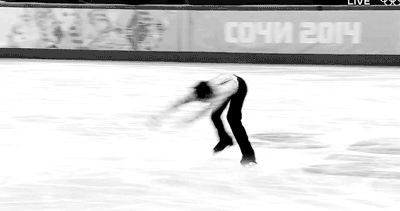
Many physical injuries can come out of training and preparing for competitions, ranging from a minor injury, to a severe one. The most common injuries are overuse injuries, being obtained from actually landing jumps more than when falling, because of the “one-sided” sport that figure skating is. The saying, “one-sided” comes from the fact that most skaters land on the same foot every time, therefore, the strain on the body is very one-sided. Doing triples (and quads for some men), can exert up to 8-12 times their body weight when landing on the ice on the ⅛ of an inch width blade and the very stiff boots that figure skating requires. Putting that pressure and strain on a figure skater’s body can cause problems with knees, hips, and other joints and ligaments. Figure skaters are some of the most determined and resilient people you will ever meet. Because even through the falls and the pain, they get back up and keep trying and pushing themselves to achieve their goals. Winning takes dedication, and with the determination of elite figures, those who really want to win, will do their best. Even if this means having to withdraw from competition to heal from injury, such as Ashley Wagner has this past week due to an ankle infection.

Figure skating is a complicated sport when it comes to the technicality of competitions. There are so many specifics that need to be thought of ahead of time and prepared for. Even having to adjust your costume or dress once on the ice will cost the skater precious points. With all these little details to think about, figure skating becomes a very mentally straining sport. For competitions, you have to be able to think on your feet. Being a competitive figure skater means knowing what to do to get the most points, even if that means having to slightly change the jumps that you have to do if you messed up any previous jumps. Overall, figure skating is a very mentally straining sport when it comes to competition. It takes a lot of focus, dedication, and confidence.
References:
Pomai, C. (2017). Mental Toughness: How Elite Skaters Get Ready For Competition | ICE Mental Game Coaching. [online] Sportspsychologyskating.com. Available at: https://sportspsychologyskating.com/mental-toughness-elite-skaters/ [Accessed 4 Dec. 2017].
Lower Extremity Review Magazine. (2017). Over the Edge: Lower extremity injuries in figure skaters. [online] Available at: http://lermagazine.com/cover_story/over-the-edge-lower-extremity-injuries-in-figure-skaters [Accessed 4 Dec. 2017].
Pomai, C. (2017). Mental Preparation for Success in Figure Skating | ICE Mental Game Coaching. [online] Sportspsychologyskating.com. Available at: https://sportspsychologyskating.com/mental-preparation-success-figure-skating/ [Accessed 4 Dec. 2017].
Figureskatingpsychology.com. (2017). Figure Skating Confidence | Sports Psychology for Figure Skating. [online] Available at: http://www.figureskatingpsychology.com/figure-skating-confidence/ [Accessed 4 Dec. 2017].
Belluck, P. (2017). Science in the Quest to Ease Figure Skating’s Strains. [online] Nytimes.com. Available at: http://www.nytimes.com/2009/06/23/science/23skate.html [Accessed 4 Dec. 2017].
Images:
GIPHY. (2017). Gold Skating GIF – Find & Share on GIPHY. [online] Available at: https://giphy.com/gifs/gold-race-DyhyL1qh4wk6s/links [Accessed 4 Dec. 2017].
Rebloggy.com. (2017). Yuzuru Hanyu being flexible as hell. [online] Available at: http://rebloggy.com/post/edit-sport-olympics-figure-skating-olympia-ice-skating-yuzuru-hanyu-woooohoww-so/77057947441 [Accessed 4 Dec. 2017].
GIPHY. (2017). Figure Skating GIF – Find & Share on GIPHY. [online] Available at: https://giphy.com/gifs/jump-olympics-skating-jzfStOWoilfMI [Accessed 4 Dec. 2017].
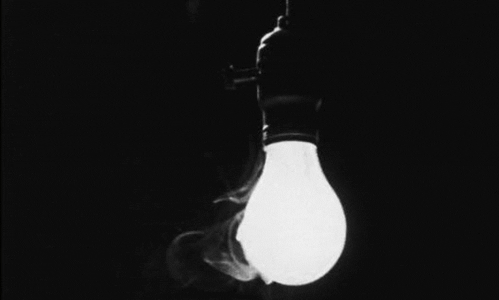



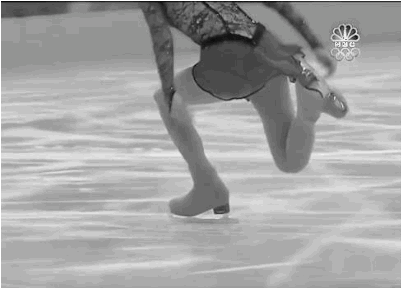




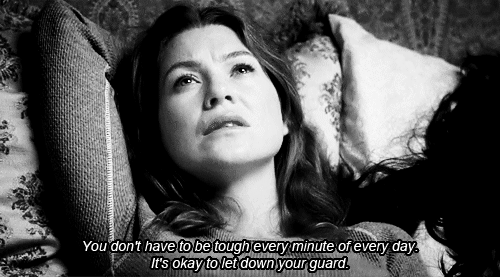
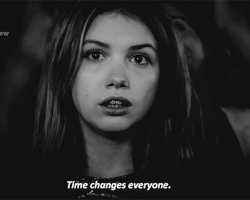
Recent Comments